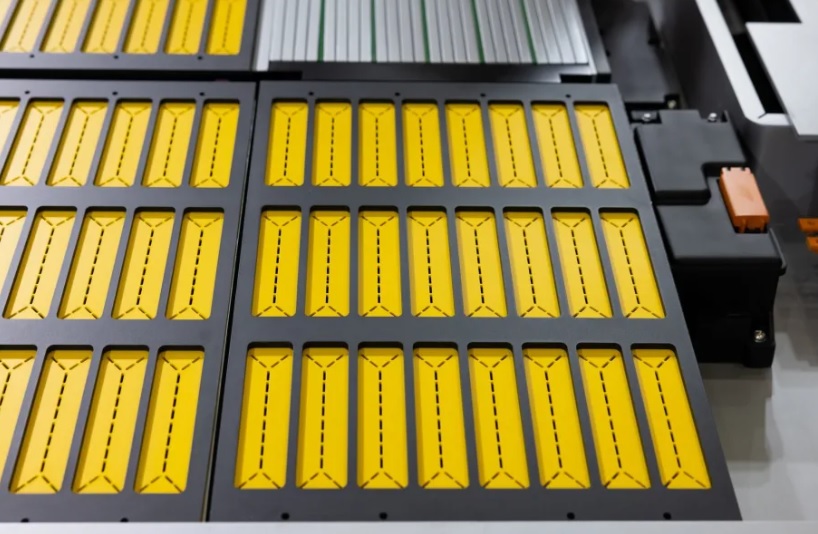"We have successfully developed a rechargeable battery using uranium as an active material," the institute said in a press release.
This could transform the management of nuclear waste and address the growing need for more efficient batteries.
For this research, the team used uranium as the active material in the electrochemical processes of the battery. Typically, batteries rely on materials such as lithium or lead to facilitate the flow of electrons and generate electrical energy.
The uranium used in the study has the same chemical properties as depleted uranium (DU), a byproduct of enriching natural uranium for nuclear fuel.
The battery offers a promising solution for storing excess electrical energy generated from renewable sources, addressing the inherent instability of solar and wind energy.
The prototype battery has a width of 10 centimeters and a height of 5 centimeters.
"The battery was charged and discharged 10 times, and the battery's performance remained almost unchanged," the research team reported.
This stability is a key indicator of its potential long-term lifespan and reliability, which are crucial for real-world applications.
Japan alone holds about 16,000 tons of depleted uranium, while the global reserve is estimated to be an impressive 1.6 million tons.
If uranium rechargeable batteries can be successfully scaled up and commercialized, they could provide a sustainable path for utilizing this vast material stockpile.















